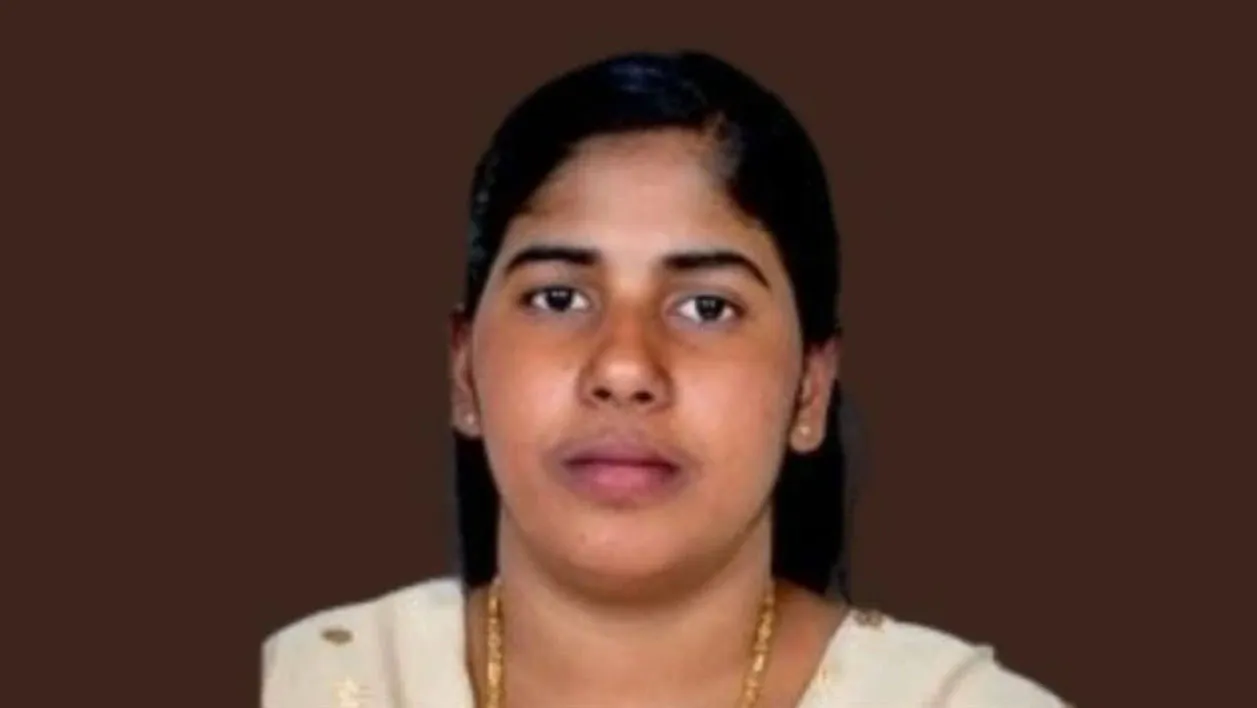The Medical and Scientific advancements with respect to abortion has subsequently reduced the risks associated with the procedure. However, the social and cultural perceptions the same has not undergone a drastic change even in the 21st century. Even during the coronavirus pandemic, medical termination of pregnancy was brought under the category of non-essential medical services initially. This was later changed, due to the steady increase in fatalities following unsafe abortion methods. If one closely observe, the historical transition of abortion laws in India, it could be found that it was drafted from the perspective of doctors doing the termination of pregnancy procedure and not necessarily from the women’s perspective which is why the term used in the aforementioned legislations are ‘Medical Termination of Pregnancy’ and not the commonly used term ‘abortion’.
The laws relating to termination of pregnancy in India are not drafted from the perspective of the woman undergoing the abortion. The relationship of the women with the embryo is categorized by the date or time or viability of the pregnancy. The choice of the woman to continue the pregnancy and bear the child is rarely a matter of concern or discussion. The legislations in India governing the termination of pregnancy is not focused on the reproductive choice of women.
TRACING THE EVOLUTION OF MTP LAWS IN INDIA
Section 312 of the Indian Penal Code penalizes abortions in India except the ones done in good faith for health concerns of the women. According to the same, ‘causing miscarriage of a women’ is a crime punishable with imprisonment that may extend to a term of three years or with fine. Abortions were restrictive, both in legal and social construct. In 1960, the government appointed Shantilal Shah Committee to study the necessity of introducing a law to regulate abortions in India. The committee was vested with the task of analysing the socio, cultural and medical aspects of abortion and suggest recommendations. The committee submitted its report in 1966, and it was later actualized into the Medical Termination of Pregnancy Act, 1971. In contradiction to the committee’s report to regulate abortion and protect the interests of the women, the MTP Act of 1971 was more focused towards the medical angle associated with the procedure.
SIGNIFICANT CHANGES UNDER THE MTP (AMENDMENT) BILL, 2021
The MTP Act 1971 was recently amended through the Medical Termination of Pregnancy (Amendment) Bill 2021. The key departure of the amendment from its predecessor is that it covers pregnancies outside the scope of marriage and increases the time limit in which termination of pregnancies could be allowed. The time limit for the permissible abortions under Section 3 (2) is significantly increased in the amendment. The pregnancies that could be terminated as per the opinion of one medical practitioner is increased from 12 weeks to 20 weeks and pregnancies which could be terminated as per the opinion of two medical practitioners includes the ones exceeding 20 weeks but not more than 24 weeks.
A close observation of the amendment makes it evident that the termination of pregnancy is mainly envisaged only when the continuance of the pregnancy involves a risk to the life of the pregnant women or of grave injury to her physical or mental health or there is a substantial risk that if the child is born, it could suffer from any physical or mental abnormality. If the pregnancy was caused due to the failure of any method used for the prevention of pregnancy, the anguish caused could be correlated with the mental trauma involved and termination of pregnancy could be allowed. However, there is a clear disregard for bodily autonomy and choice of women evident in the amendment.
Bodily autonomy of women and reproductive choices
The women’s right to terminate pregnancy is often correlated with the right to privacy. When we talk about the right to privacy, the aspect of physical reality of women is often kept away from it. The problem with linking the right to privacy and termination of pregnancy is that it allows the state to intervene on the right over the foetus which puts the woman in a position where she is treated adversary to her womb. On the other hand, the bodily autonomy doctrine guarantees rights in coordination with the physical parameters of a person. Every individual has the right to decide on aspects that has direct implications on their physical and emotional well-being.
When abortion is discussed on the backdrop of right to privacy, there is a balance sought to be found between the state’s right to interfere and the protection of a women’s physical autonomy. When the state restricts the right of a woman to terminate her pregnancy, that clearly comes in violation to her fundamental right to bodily integrity. The bodily autonomy principle was developed in India through various judicial decisions. However, a close link was created between right to privacy and the autonomy principle. The freedom of the women to choose between whether to bear a child or abort the pregnancy are areas that deserves attention under the ‘right to privacy’ aspect of women.
JUDICIAL EVOLUTION OF BODILY AUTONOMY DOCTRINE AND ABORTION
The judiciary has played an important role in expanding jurisprudence surrounding the termination of pregnancy in India. In the case of Suchita Srivastava and Anr v. Chandigarh Administration, the court held that it is important to recognise that reproductive choices can be exercised to procreate as well as to abstain a person from procreating. The court very pertinently pointed out that the reproductive rights of a woman include the right to carry a pregnancy to full term, give birth and raise children.
In Dr Mangla Dogra and Others v. Anil Malhotra and Others, the court held that an adult woman had the right to choose between the right to give birth or to terminate a pregnancy. In High Court on its own motion v. State of Maharashtra, the court said that “the right to control their own body, fertility and motherhood choices, shall be left to the women alone.” The constitutional right to make reproductive choices was recognised by the court in KS Puttaswamy v. Union of India. Even though, these judgments have specifically recognised the principles of bodily autonomy and integrity, the legislations have not fully incorporated these principles and fails to ease the barriers for a women to have safe abortions as the legislations envisage.
CONCLUSION
The amendment has increased the time frame for permissible abortions. It has also expanded the scope of abortions from marital relations to live-in relations also. However, the autonomy of women fails to be recognized as a crucial element in the legislations. The access to safe and secure abortions is still caught in the cobweb of legislative barriers and judgmental approach from the society as well as the medical practitioners. Women’s marital status shall in no way affect her right to have a safe and secure abortion. The scope of the legislation shall be increased from marital and live in relations to single mothers outside such relationships deciding to go forth with the termination of pregnancy. The concept of restricting the scope of abortion is archaic in nature and it symbolizes the centuries old subjugation of women devoiding her of autonomy and treating her merely as a chappel.
Recognition of bodily autonomy of women is quintessential and fundamental to the intellectual, psychological and economical development of women. Individual control and self-determination are based on the autonomy principle. Unless the bodily integrity of women is protected, the other constitutional rights guaranteed would remain unfulfilled. Hence, it is important for the legislations to incorporate and recognize the bodily autonomy of women and make abortion a less cumbersome and safe process in the country.























